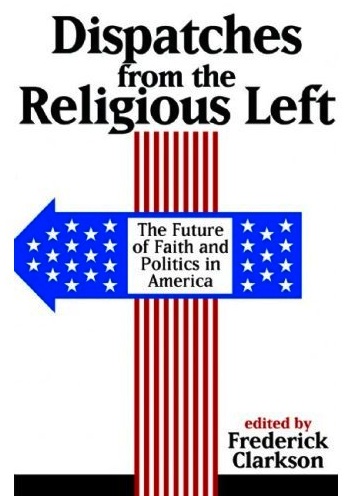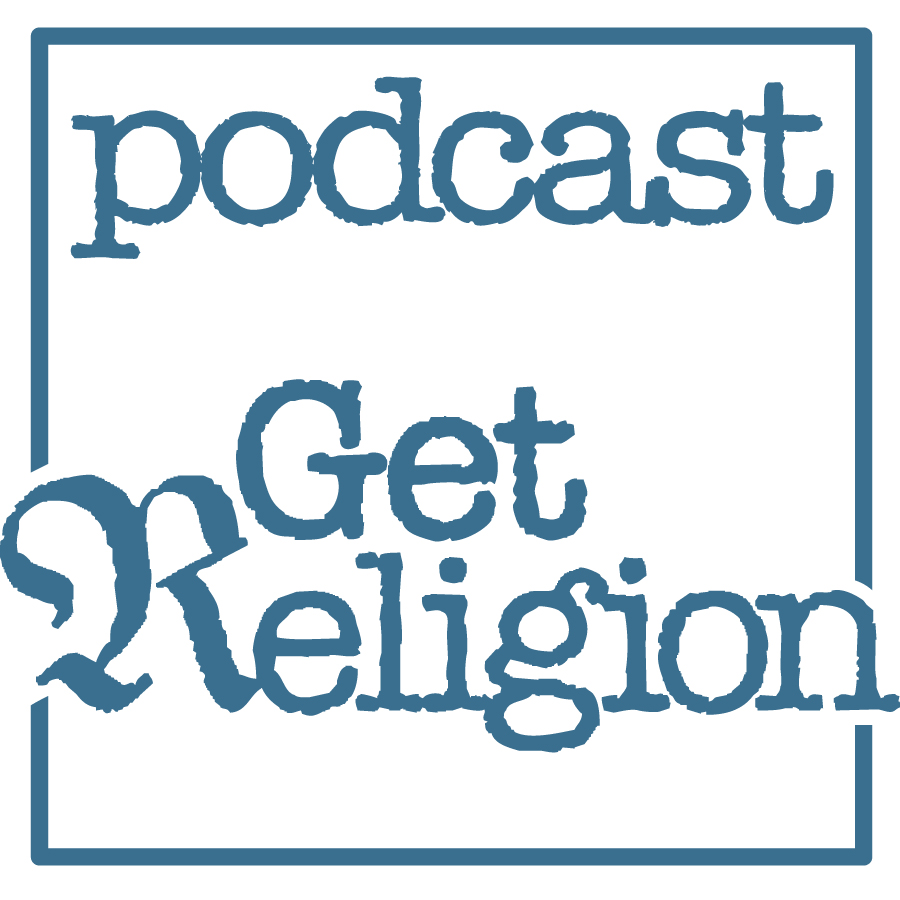Pod people: Digging for old news on 'Nones'
 Friends and neighbors, the whole media world continues to buzz with news (me too, of course) about the "Nones," that growing coalition of religiously unaffiliated voters that showed up big time in that recent survey from the Pew Forum on Religion and Public Life. This was an important survey, don't get me wrong. It was also a survey that was packed with interesting angles -- many of which get dissected in some depth in this week's GetReligion podcast -- so click here to go listen to that!
Friends and neighbors, the whole media world continues to buzz with news (me too, of course) about the "Nones," that growing coalition of religiously unaffiliated voters that showed up big time in that recent survey from the Pew Forum on Religion and Public Life. This was an important survey, don't get me wrong. It was also a survey that was packed with interesting angles -- many of which get dissected in some depth in this week's GetReligion podcast -- so click here to go listen to that!
One one level, the whole Nones thing isn't that big of a change in the landscape of American religious practice. The action, it seems, is taking place on the left-to-secular side of things. The bottom line: Lots of people who used to describe the state of their souls by saying things like, "I was raised Southern Baptist (Catholic, Mormon, Episcopal, United Methodist, etc.), but I don't really go to church much, 'cause I really don't belief most of that stuff anymore" are now being more honest and saying, "I have no religious affiliation at all" (or less wonky words to that effect).
Is this a new trend? Yes and no.
Four years ago, scholar John Green of the University of Akron, and the Pew Forum team, spoke to a Media Project seminar for journalists from around the world -- focusing on religion in the 2008 election. He wrote all kinds of data on the board, but what it came down to was this. People who truly practice their faith make up about 20 percent of the population. People who are religiously unaffiliated (including the slowly rising camp of atheists/agnostics) have been around 10 percent of the population, but their ranks are rising toward 20 percent.
In the middle, the territory I have always called "Oprah America," are lots of mushy believers who have little institutional commitment to practicing a specific faith. They come and go and their beliefs blow with the cultural winds. What's the big news? That percentage is down from about 70 percent to 60 percent -- because lots of "Nones" are hitting the exit doors.
That's the news: There is a growing candor on the religious/secular left.
The other angle that fascinated me, since it's election crunch time, is that this whole "Nones" coalition -- secular, plus the spiritual-but-not-religious folks -- has become the largest religion-related group in the modern Democratic Party, larger than African-American Protestants, liberal Catholics, liberal white Protestants, etc., etc. What unites this crowd? Well, to be blunt, what unites them is the Sexual Revolution and their opposition to cultural traditionalists.
The more I thought about that, the more I had a nagging sense of deja vu. Where had I heard this before?
Well, join me in this flashback to 2004, via one of my old Scripps Howard News Service columns. Here's a major chunk of two of that:
Any Top 10 list of slogans for abortion-rights signs would include “Curb your dogma” and “If men could get pregnant, abortion would be a sacrament.” ... George W. Bush will receive few votes from these voters. They’re not fond of Pope John Paul II, Jerry Falwell and other conservative religious leaders, either.
Political scientists Gerald De Maio and Louis Bolce call them “anti-fundamentalist voters” and their rise has been a crucial -- yet untold -- story in U.S. politics. Many are true secularists, such as atheists, agnostics and those who answer “none” when asked to pick a faith. Others think of themselves as progressive believers. The tie that binds is their disgust for Christian conservatives.
“This trend represents a big change, because 40 or 50 years ago all the divisive religious issues in American politics rotated around the Catholics. People argued about money for Catholic schools or whether the Vatican was trying to control American politics,” said Bolce, who, with De Maio, teaches at Baruch College in the City University of New York. “That remains a concern for some people. But today, they worry about all those fundamentalists and evangelicals. That’s where the real animus is.”
In fact, Bolce and De Maio argue that historians must dig back to the bitter pre-Great Depression battles rooted in ethnic and religious prejudices -- battles about immigration, public education, prohibition and “blue laws” -- to find a time when voting patterns were influenced to the same degree by antipathy toward a specific religious group.
 Where was this data coming from?
Where was this data coming from?
Bolce, an Episcopalian, and De Maio, a Roman Catholic, have focused much of their work on the “thermometer scale” used in the 2000 American National Election Study and those that preceded it. Low temperatures indicate distrust or hatred while high numbers show trust and respect. Thus, “anti-fundamentalist voters” are those who gave fundamentalists a rating of 25 degrees or colder. By contrast, the rating “strong liberals” gave to “strong conservatives” was a moderate 47 degrees.
Yet 89 percent of white delegates to the 1992 Democratic National Convention qualified as “anti-fundamentalist voters,” along with 57 percent of Jewish voters, 51 percent of “moral liberals,” 48 percent of school-prayer opponents, 44 percent of secularists and 31 percent of “pro-choice” voters. In 1992, 53 percent of those white Democratic delegates gave Christian fundamentalists a thermometer rating of zero. ...
What about the prejudices of the fundamentalists? Their average thermometer rating toward Catholics was a friendly 62 degrees, toward blacks 66 degrees and Jews 68 degrees.
How did the press handle this trend, back in 2000 or thereabouts?
Surprise! The elite, mainstream press ignored it. Between 1990 and 2000, Bolce and De Maio found that the New York Times, Los Angeles Times and the Washington Post published 929 stories about the political clout of conservative Christians and 59 about that of secularists and religious liberals. They checked the major television newscasts between 2000 and 2004 and found zero stories on the political rise of the, well, "Nones" and the religious left.
So are the "Nones" new? Not really.
So what now? Someone should interview pollsters in Democratic Party offices. That's where reporters will find lots and lots of detailed info about this rising force in American politics.